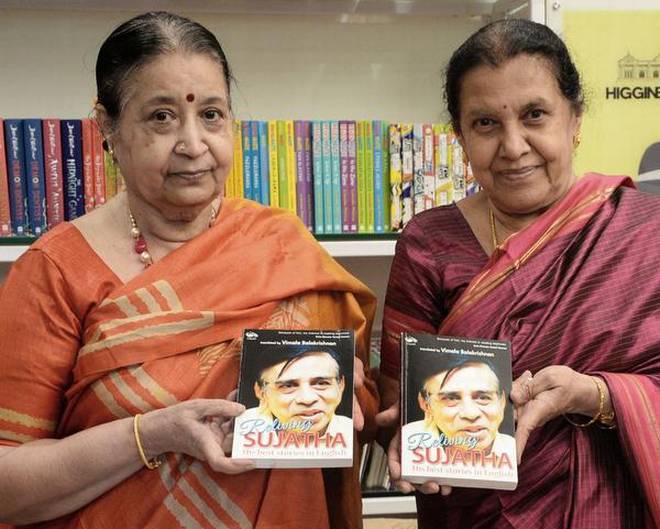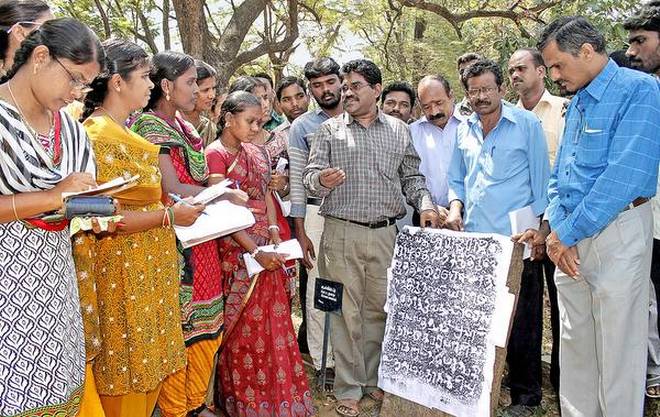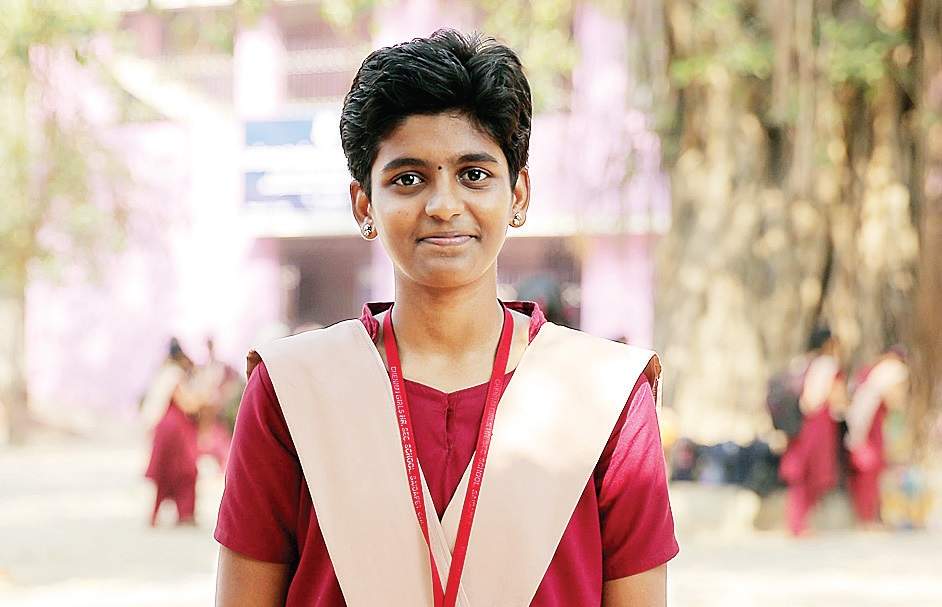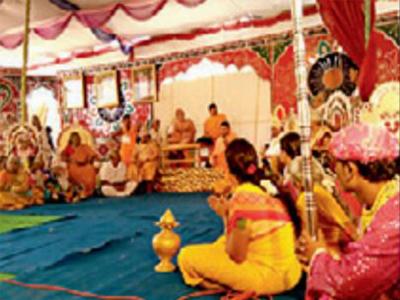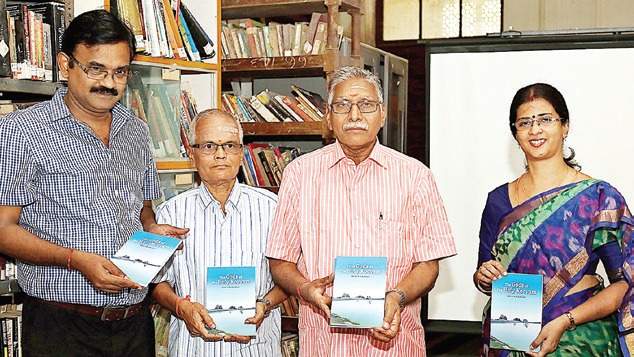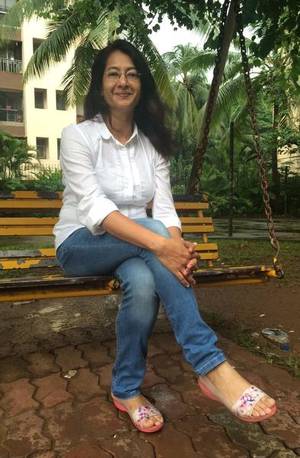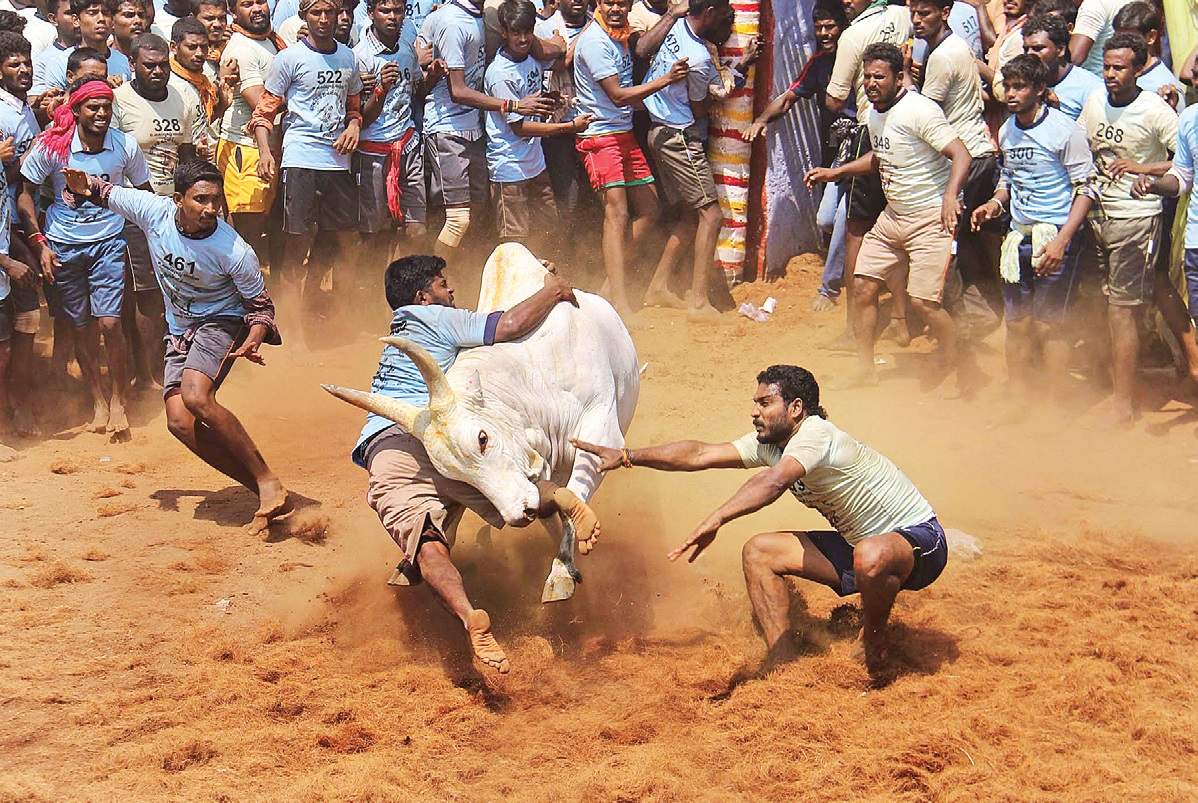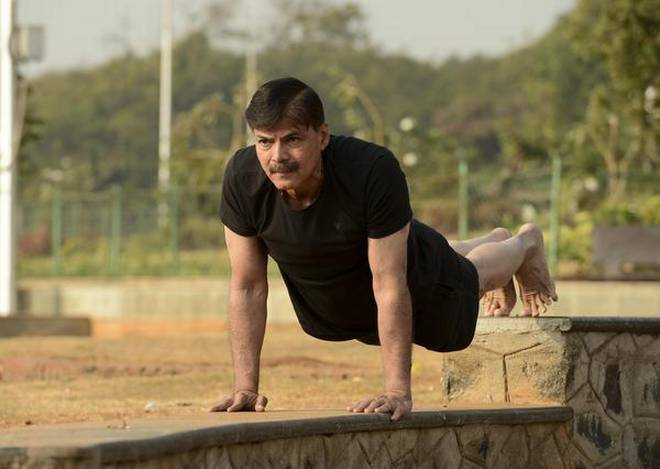
But the country’s most famous bandit-catcher still can’t get his wife to read his book
This is not in his book but Veerappan, India’s most notorious bandit, had K. Vijay Kumar, India’s most famous bandit-catcher, who had been on his trail for most of his uniformed life, in his sights on three occasions. Not more than 500 yards away. All Veerappan had to do was squeeze the trigger, and with even a standard issue .303, which can take a target down at 500 metres, Vijay Kumar may not have got to write a book about how he killed the bandit.
Veerappan was a good marksman, Vijay Kumar says at the Police Club in Egmore, Chennai, where he is hours away from launching his book, Veerappan, Chasing the Brigand. At the back of the Police Club, where he stays in Room 108 every time he visits the city, stretches a lawn that now has shamianas erected to serve, as he puts it, “high tea” to the 300 people he expects in the evening. Many of them will be gun-toting buddies from his Veerappan days. The dais is green like the backdrop, which has hills painted over it; in the foreground are male mannequins wearing camouflage combat fatigues and pith hats with leaves sticking out of them.
As he walks me through the programme for the evening, I can’t help mentally picturing one heavily moustachioed policeman chasing another excessively moustachioed brigand—is this quaintly archaic term the right word for someone who killed 124 people?—through 1,200 square kilometres of forests in three States over several years, each taking turns to scope the other through the business end of a gun. The forensic specialist told Vijay Kumar that Veerappan at 52 had the body of a 25-year-old. At 65, the cop looks just as fit.
Vijay Kumar was lucky he lived to tell the tale, unlike some other policemen. He is not superstitious, just lucky. His lucky charm is about as big as an old 25 paisa coin, maybe a little bigger, with the image of the Hindu god, Ayyappa, whose temple he has been visiting from the time he was in college studying Shakespeare, Milton and Thomas Hardy. He pulls it out of his black wallet and shows it to me. He has carried this charm around for as long as he can remember. He got this particular one after he lost a similar one 10 years ago. There have been times when the wallet had no money, but the charm would always be comfortingly there.
Roughly how many times has he visited Sabarimala, I ask. “More than 35 times,” he says unhesitatingly, “maybe 40”. Sometimes he goes twice a year. And does he follow all the procedures? Ayyappa demands a stringent pre-visit regimen. “Yes,” says Kumar. “So you didn’t have a drink to celebrate the night you finally killed Veerappan?” “No,” he says, “I am fairly abstemious. I had a drink much later, maybe two months later. At that time, I was going to Sabarimala.” I consider his response and say, “That certainly qualifies you for sainthood.” He laughs uproariously and shoots it down, “No, hardly!”
Ultimately, when Vijay Kumar closed the file on Veerappan on Monday, October 18, 2004, at 11.10 pm, he did so without exchanging a single word with the bandit who died under the impression that the policeman who kept chasing him was related to MGR’s nephew, a rumour then floating around.
The mission
By the count of ballistics experts, in the encounter that began at 10.50 pm and lasted some 20 minutes, 24 policemen fired 338 bullets on the vehicle that carried Veerappan and three members of his gang after they had been lured into the kill area, out of the forest and on to the road at Padi, 12 km from Dharmapuri. Only three bullets found the bandit. Of the three, one went clean through the left eye. Veerappan’s moustache, which spread like a tarantula sitting on his face, remained untouched.
I ask Vijay Kumar why so few bullets found the mark. He says that Veerappan might have been hit early on in the ambush and fallen down even as the other bullets slammed all around him. He should have been killed instantly but he wasn’t. Veerappan was still dying when the policemen yanked open the vehicle door. It was the only face-to-face moment between the two foes. No words were exchanged. No words could be. Veerappan was on the verge of death, his remaining eye already losing focus.
Was there anything he would have told Veerappan had he had the opportunity? It is not exactly superstition, but as long as Veerappan was his target Vijay Kumar had always kept a picture of the bandit at hand to remind him of his mission. He now tells me that he would have told Veerappan that it would be a relief to finally throw away the picture; over the years, it had weighed heavier and heavier, like an albatross.
Being a cop
What was easier, I ask. Killing Veerappan? Or writing a book about it? “Both were equally formidable missions,” Vijay Kumar says, laughing. In fact, the joke in his “immediate circle” of friends is that he took almost as long writing about Veerappan as he took to hunt him down. Vijay Kumar had a version of the book ready two years after the mission, but it then became a protracted struggle. Maybe, he told himself, he was too busy for the book. He says, “You know that Wordsworthian quote? The one about the parent hen? I guess in my case the egg took too long.”
My Wordsworth is rusty, but the picture is vivid. As vivid as the frustration that comes through in the book when the reward on Veerappan’s head touches Rs. 5 crore and yet no one comes forward with information. Picture this:
Police officer: You will get five crore if you can help us catch Veerappan.
Villager: Five crore? How much is that in goats?
Police officer: If one goat costs Rs. 2,500, that would be 20,000 goats.
Villager: What would I do with so many goats? They will be unmanageable. It’s better to hold on to my life.
I ask Vijay Kumar if there is anything he put into the book but took out later because he thought better of it. He thinks, then tells me how one night after eating poha, his stomach started rumbling at one in the morning. When he could bear it no longer, he rushed over and shook his buddy awake and both set out. In the jungle, they always followed the buddy system: each had to look out for the other. The buddy kept watch while Vijay Kumar went to answer the call of nature. After he’d squatted, he realised that the spot he’d picked had elephant dung everywhere. It was too late to go elsewhere and he hoped it would be okay. But almost immediately he heard his buddy hissing insistently, “Aiyaaa! Aiyaa! Yaanai! Yaanai!” (Sir, elephant!) He knew if it was a single elephant, he would be done for, but then, barely a few feet ahead, out of the inky black night, several elephant forms began to emerge like dark mountains on the move.
I probe no further, but I realise the episode had a happy ending because it isn’t in the book.
I ask instead: what does your wife Meena think about your book? He begins to smile. “She hasn’t read it,” he says. He intends to try other means to get her to read it but he isn’t sure he will succeed. She usually can’t get beyond five pages, he says. “If she does finally read your book,” I ask, “will you go to to Sabarimala?” He laughs uproariously again. “Of course, I’ll be happy to go again to Sabarimala but I doubt whether even Lord Ayyappa can make Meena read my book.”
source: http://www.thehindu.com / The Hindu / Home> Society / by V. Sudarshan / February 25th, 2017
